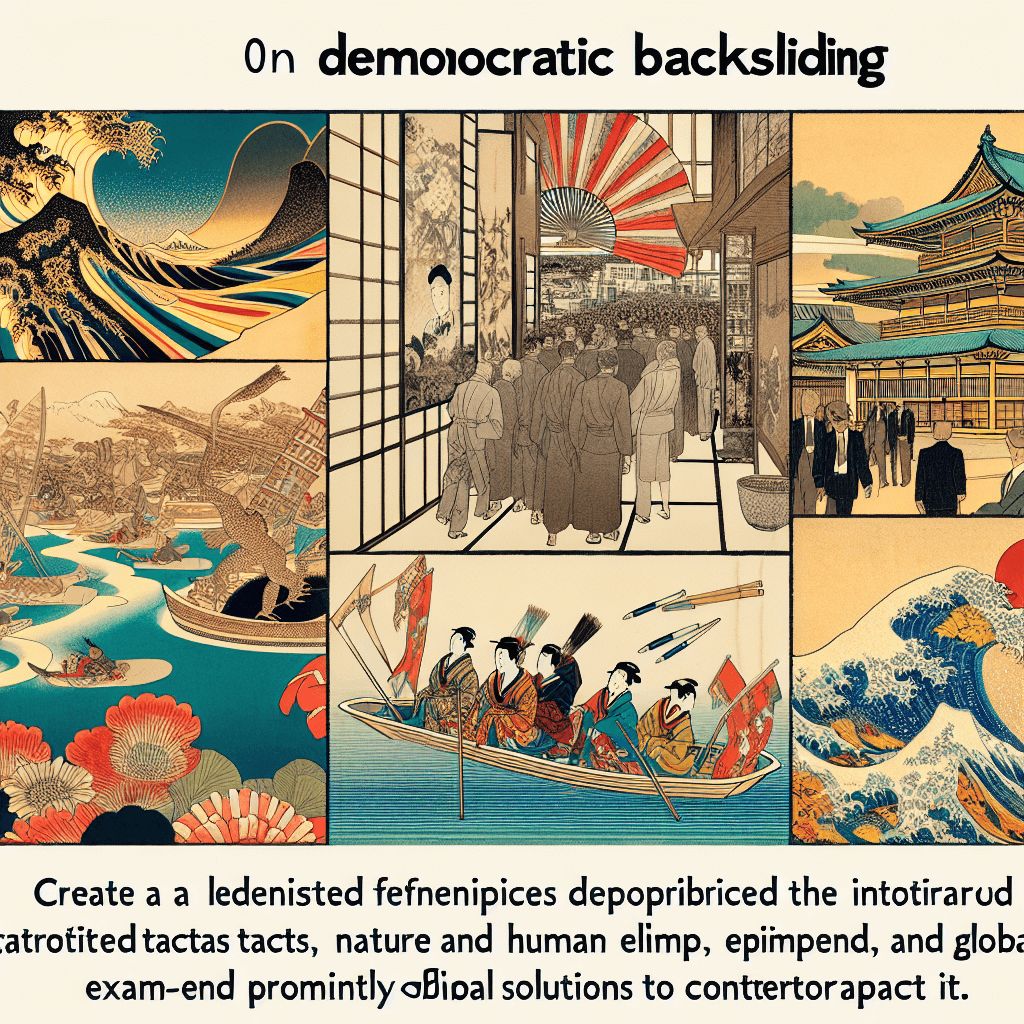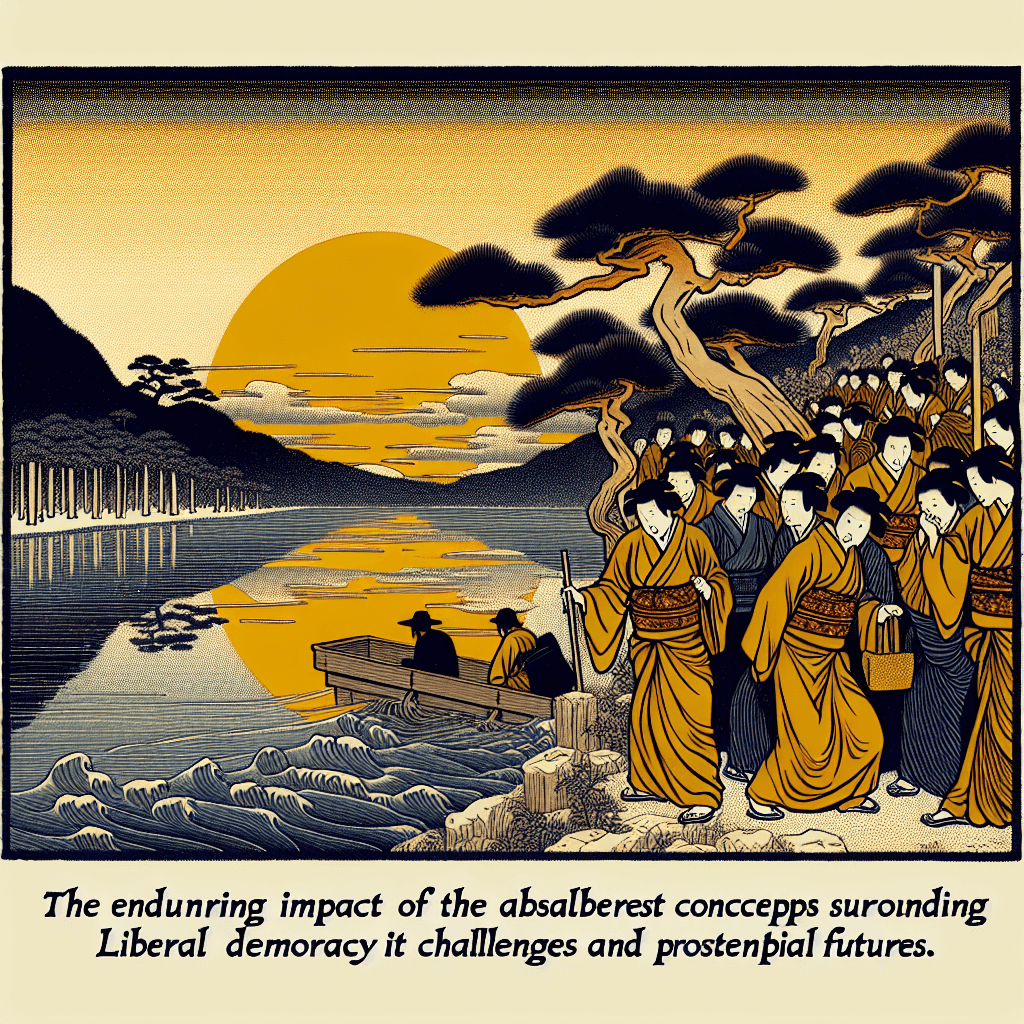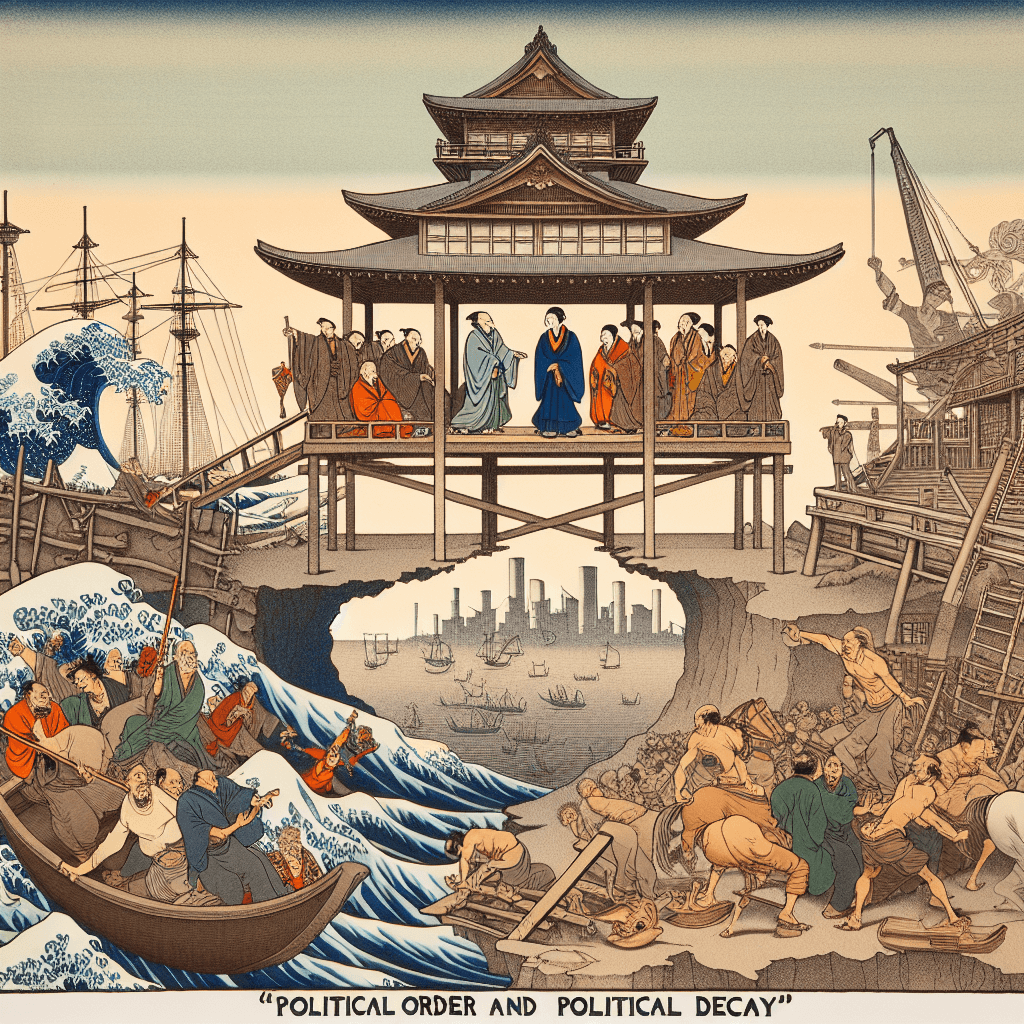Understanding Democratic Backsliding: Tactics, Global Examples, and Reforms
syndu | Feb. 12, 2025, 4:56 a.m.
 (2025-02-12)
(2025-02-12) Planner’s Content Plan: “Reassessing ‘The End of History’ Today: Populism, Autocratic Resurgence, and the Future of Liberal Democracy”
This content plan breaks down the ideas in the blog post so you can integrate each section into your planner. Each heading can be turned into an individual ActionItem or grouped as needed. Use these sections to guide research, discussions, or follow-up tasks within your workflow.
1) Introduction
- Objective: Summarize Francis Fukuyama’s “End of History?” thesis and its renewed relevance today.
- Key Points:
- The end of the Cold War signaled what Fukuyama considered the “endpoint” of ideological evolution.
- Rising populism, democratic backsliding, and the resurgence of autocratic regimes challenge this vision.
- Potential Action Steps:
- Identify major events or trends since the Cold War that have tested Fukuyama’s ideas.
- Document new threats or shifts in global politics that seem to undermine liberal democracy.
2) The Rise of Populism
- Objective: Investigate how populist movements attract support and disrupt traditional democratic norms.
- Key Points:
- Populism often emerges where people feel left behind or disillusioned by established elites.
- Varies across ideologies—from right-wing nationalism to left-wing populist platforms—but shares an anti-establishment sentiment.
- Threatens liberal democracy’s resilience by sowing division and distrust in institutions.
- Potential Action Steps:
- Compile case studies of populist movements (e.g., in Europe, Latin America, the U.S.).
- Analyze social or economic triggers that boost populist appeal.
- Explore strategies for policymakers to address populist grievances without undermining democratic values.
3) Democratic Backsliding
- Objective: Examine the gradual erosion of democratic institutions and norms in various countries.
- Key Points:
- Some leaders concentrate power by weakening checks and balances—such as courts, media, or opposition parties.
- This phenomenon directly challenges Fukuyama’s assumption that liberal democracy is inevitable.
- Backsliding can occur under various regimes, proving that democracy requires constant safeguarding.
- Potential Action Steps:
- Identify global examples where democracies have regressed and map the warning signs.
- Outline reforms or early interventions that potentially halt or slow democratic backsliding.
- Propose methods (e.g., transparency, free press, strong civil society) to protect democratic institutions.
4) The Resurgence of Autocratic Regimes
- Objective: Understand how authoritarian governance models can coexist with economic or technological successes, contesting liberal democratic ideals.
- Key Points:
- China and Russia highlight authoritarian approaches that center on state control yet demonstrate economic achievements.
- This “alternative model” invites debate: can autocracies deliver stability and growth without liberal foundations?
- Challenges the universal appeal of liberal democracy in a multipolar world.
- Potential Action Steps:
- Research differences in state-led economic policies, political freedoms, and media control.
- Compare development outcomes under different governance systems.
- Assess how global institutions (UN, WHO, etc.) adapt to the rise of influential autocratic powers.
5) The Future of Liberal Democracy
- Objective: Present how liberal democracy can remain resilient and adaptable despite emerging threats.
- Key Points:
- Address core issues fueling populism and backsliding (e.g., inequality, polarization, social fragmentation).
- Renew civic engagement, uphold rule of law, and ensure institutions remain transparent and accountable.
- Recognize that democracy is not static—it can evolve with societal changes (e.g., digital technologies, shifting demographics).
- Potential Action Steps:
- Survey existing policies that mitigate inequality and enhance political inclusion.
- Brainstorm strategies for boosting citizen participation (digital platforms, diverse representation).
- Evaluate how new technologies (e.g., AI-driven civic tools) can strengthen or undermine democratic processes.
6) Reflective Questions
- Objective: Stimulate deeper discussion on the pressures facing liberal democracy and Fukuyama’s end-of-history thesis.
- Prompting Questions:
- How do populist movements and democratic backsliding challenge the viability of Fukuyama’s thesis?
- In what ways might the resurgence of autocratic regimes reshape the global political order?
- Which systemic reforms or societal changes best sustain liberal democracy in the long run?
- Action Steps:
- Use these questions to guide debates, research papers, or group discussions.
- In your planner, create a space to track new insights that arise from these reflections.
7) Conclusion
- Objective: Recap the main challenges to Fukuyama’s thesis and highlight the evolving nature of liberal democracy.
- Key Points:
- Populism, autocratic resurgence, and democratic backsliding all question the “inevitability” of liberal democracy.
- Nevertheless, democracy can adapt through inclusive governance, addressing inequality, and renewing civic life.
- Action Steps:
- Integrate feedback from earlier sections to produce a final report or policy recommendation doc.
- Plan ongoing reviews of global political trends to keep this analysis updated.
Final Note
Use this plan as a roadmap for deeper research, classroom discussions, or policy-oriented analyses. Each section can become its own ActionItem within your planner—helping you systematically develop presentations, proposals, or extended blog content. By organizing the ideas of this post into actionable steps, you’ll keep your team aligned on the critical issues shaping the future of liberal democracy.
Happy planning!



